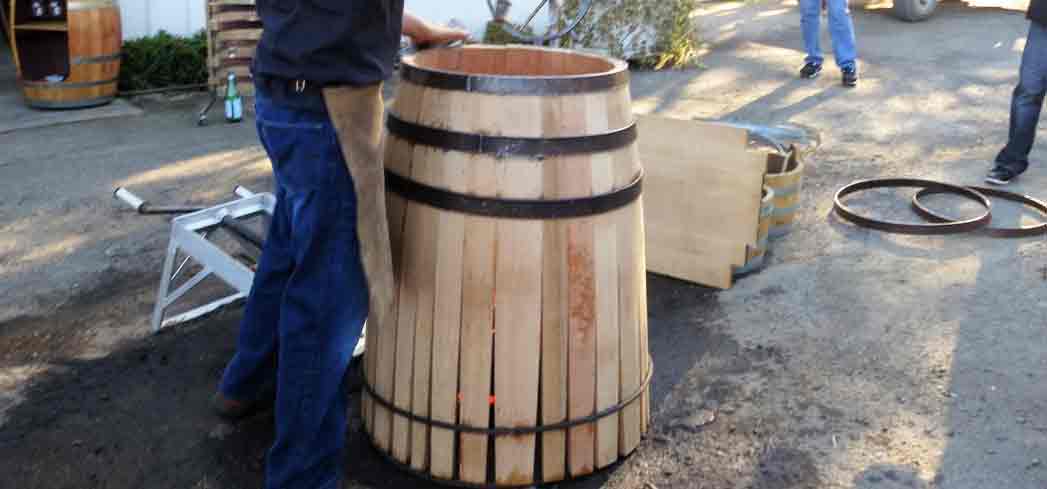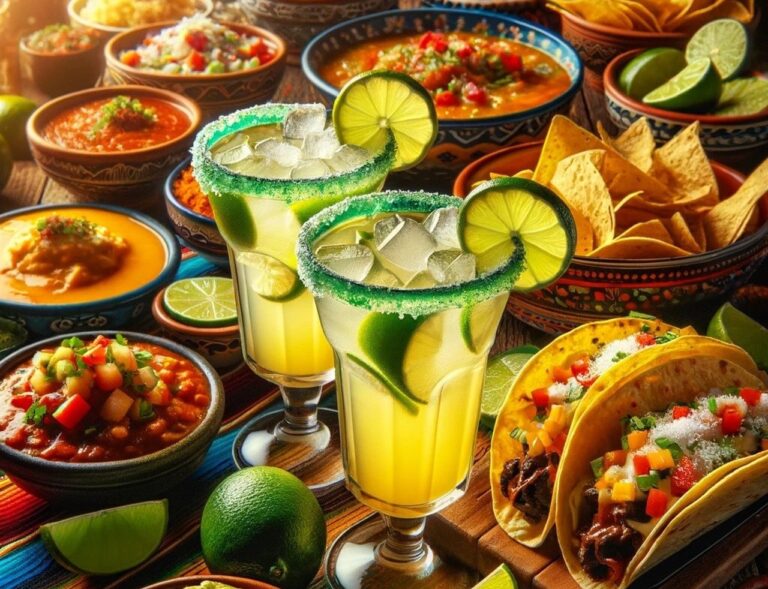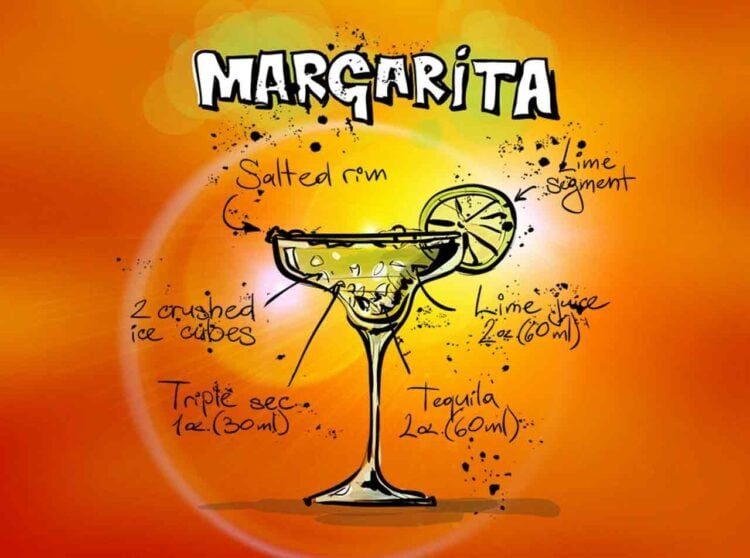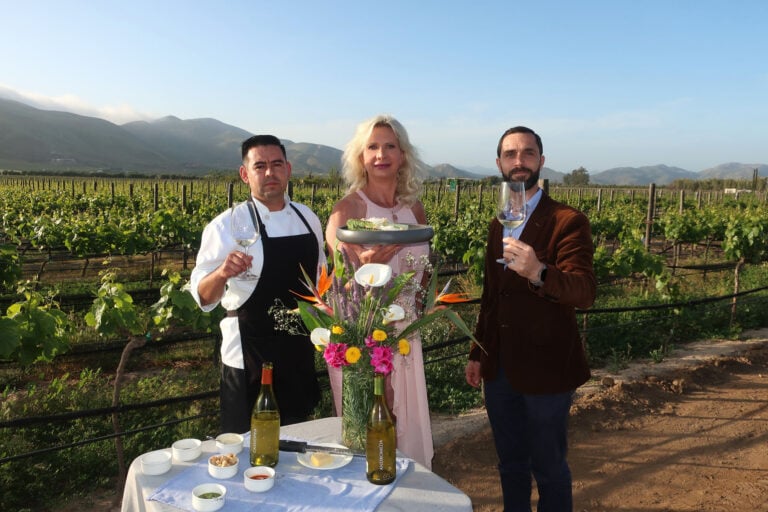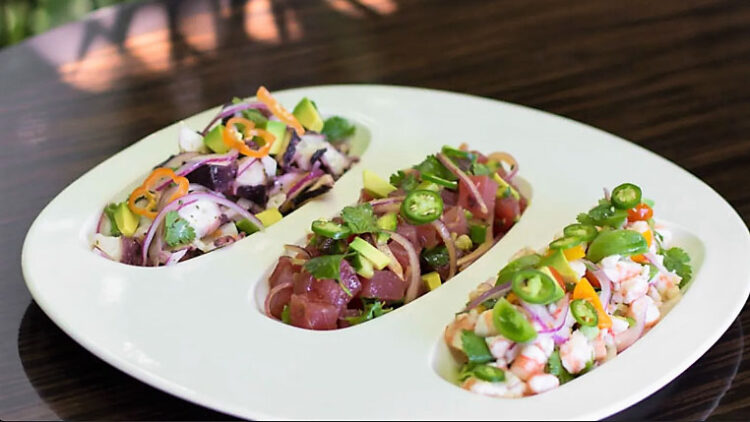Glossary of Wine Terms
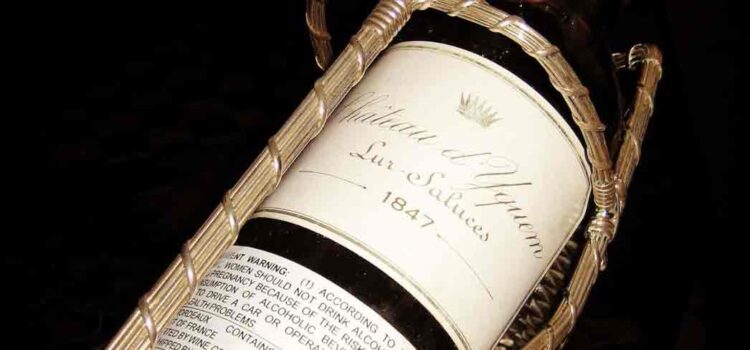
BALANCE — Harmony among all the taste and odor components of a wine, i.e., acid, sugar, alcohol and extract.
BARNYARD — Description of a farmyard smell and, although it can be picked up from unclean barrels or winemaking conditions, it is also naturally inherent in some wines/grapes and can be a distinguishing characteristic. Also excessively earthy.
BARREL — A wooden container, generally made of oak, used for the storage, aging, shipping and occasionally fermenting of wines. The most common-sized barrel holds 55 gallons.
BARREL FERMENTED — Wines that are fermented in small wooden casks, as opposed to large tanks. Advocates believe it leads to greater harmony in a wine, especially a more natural balance between oak and wine.
BERRYLIKE — Describes the intense aroma and/or flavor reminiscent of any of a wide variety of berries-raspberries, blackberries, cranberries, strawberries and cherries; common in red wines.
BIG — Full-bodied, intense, powerful wines; a wine of weight proportions, including alcoholic content and grape extracts.
BITTER — One of the four basic elements of taste (with sour, salt, and sweet). Stems, seeds, and tannins from other sources can contribute to a bitterness in the aftertaste of a wine, and some grapes, notably Gewürztraminer and Muscat, have slight elements of bitterness as part of their natural flavor.
BLACK CURRANT — Distinctive smell of red wines, notably Cabernet Sauvignon and Merlot, varying in intensity from faint to very rich.
BLANC DE BLANCS — French term for sparkling or white wine made entirely from white grapes.
BLANC DE NOIRS — French term for sparkling or white wine made from black grapes. Pressing the grapes quickly allows the juice to separate from the skins before it can be colored with the pigment.
BODY — Substance; fullness; weight. See full-bodied.
BOTRYTIS CINEREA — Beneficial mold that forms on the skin of ripe grapes under alternating conditions of moist and dry heat, causing the grape to shrivel and retain a high concentration of sugar. Essential for some sweet white wines. See Botrytis 101: The Story of the Noble Rot.
BOUQUET — The smell of a wine developed with bottle aging, essentially the result of the interaction among alcohol, acids, fruit, oak and oxygen.
BRAWNY — Describes particularly full-bodied, tannic wines.
BREATHING — The practice of uncorking a bottle a half-hour or more before serving, or of decanting it (see decanting), or of simply pouring it into a glass ten minutes or so before consumption, in order to introduce air into the oxygen-starved wine. Allowing the wine to “breathe” may “improve” it by releasing flavor complexities and toning down angularities. Applied almost exclusively to red wines.
BRETTANOMYCES — “Brett” for short, refers to a spoilage organism of the yeast genus that gives wine a barnyardy aroma and distinctive “stink.” For while low levels of the contaminant can render a wine more interesting and complex, higher levels most certainly spoil it, overriding its character and terroir. A hotly debated question for winemakers and wine drinkers alike is concerning how much Brettanomyces (or Dekkera, a similar organism) can be present before spoilage occurs or whether it is altogether undesirable. After all, certain people abhor “Bretty” wines for their aromas that have been described as wet wool, band-aid and droppings of all kinds.
BRIARY — Woodsy; stemmy; earthy.
BRILLIANT — Describes clear, unclouded wines.
BRIX — Measurement used to determine the sugar content of grapes and unfermented grape juice. An aid in determining the degree of ripeness. Most table wine grapes are picked at between 20 and 25 degrees Brix.
BROWNING — Describes the color of a wine that has matured beyond the point of improvement and is in an advanced state of oxidation.
BRUT — French term describing the driest of Champagnes or other sparkling wines (although in rare instances there are some sparkling wines made with no sugar added at all, and thus are absolutely “bone dry”). Sugar content in brut wines is generally between .8 and 1.2 percent. In the U.S., the term is sometimes used a bit freely to suggest relative dryness of a sparkling wine, even when the sugar content might suggest otherwise. Top-quality sparkling wines adhere to the standard (and all French sparkling wines do so by law).
BUD BREAK — Term used to describe the unfurling of the
grape buds on the vine.
BULK PROCESS — Mass-production method for sparkling wines wherein the secondary fermentation, which transforms still wines into sparkling wines, takes place in large tanks rather than individual bottles.
BUNG — Plug used to stopper the bungholes in barrels or casks used for aging wine. Traditionally wooden, now the bung can be plastic or fiberglass.

